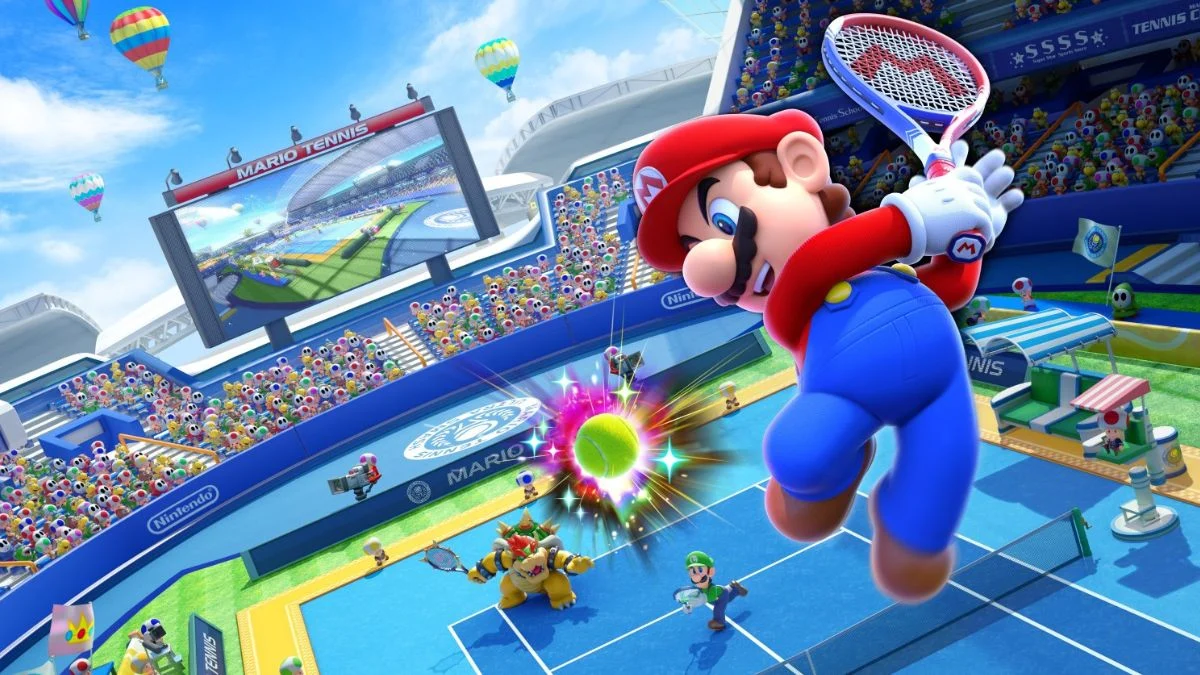
Mario has appeared in all sorts of games, from sports titles to educational ones, and not every attempt has been successful. This list highlights releases that didn’t quite work out – whether due to a lack of substance, strange design choices, or ideas that players didn’t enjoy. We’ll cover what each game was about, which systems it was on, and specifically what caused it to fall short. It’s a look at how even a hugely popular series like Mario can stumble when it tries something different.
Hotel Mario
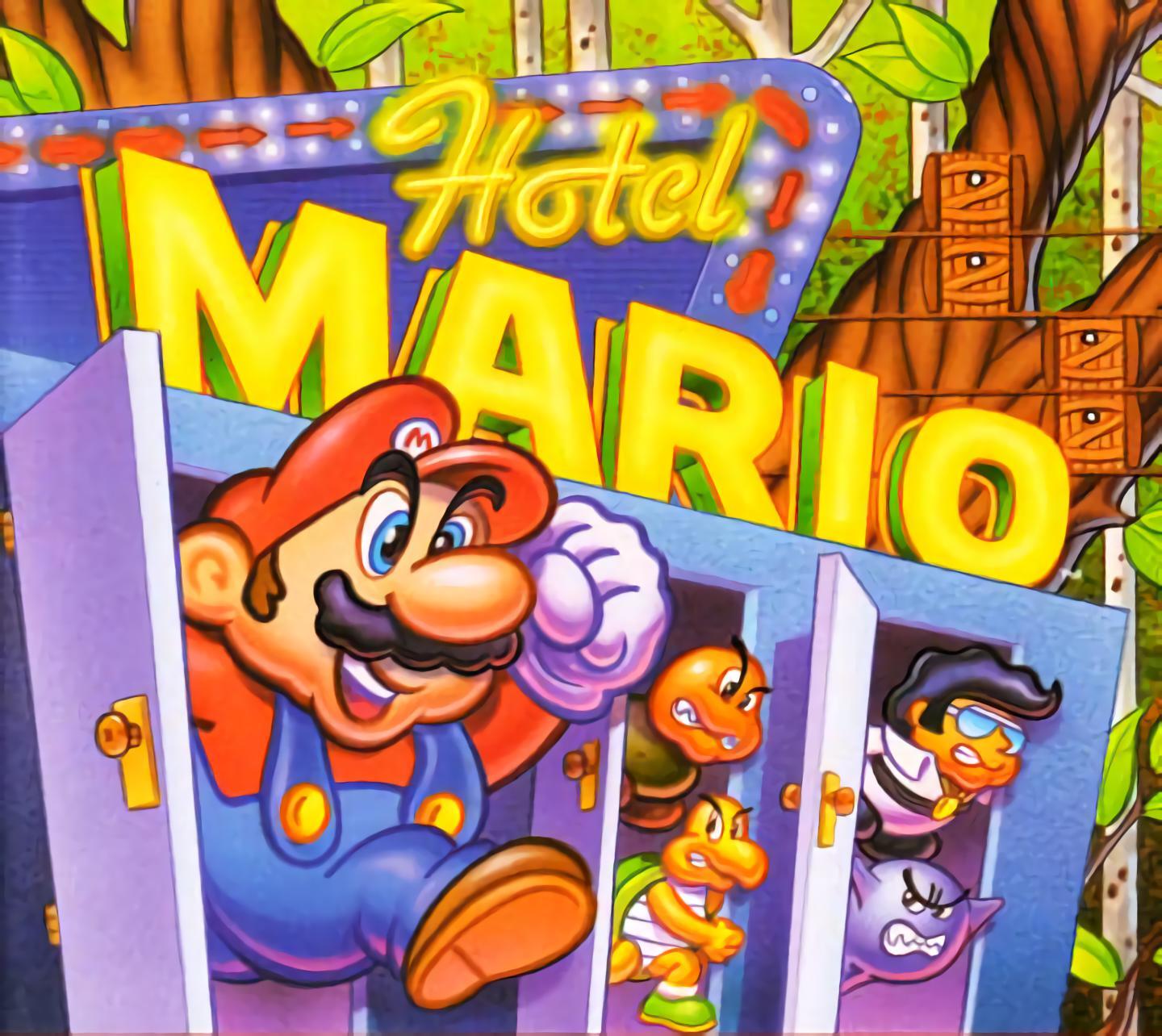
This game, originally released for the Philips CD-i in 1994, involved navigating short, themed hotel levels and ‘closing doors.’ Gameplay was basic platforming with repetitive goals. While the game itself wasn’t widely known, its full-motion video cutscenes—created outside of Nintendo’s typical production process—became more popular. Due to limited support for the system and a small number of owners, very few people ever played it on the original hardware.
Mario is Missing!
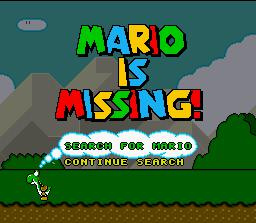
Okay, so I recently checked out this old game from ’93, and it’s kinda interesting. You play as Luigi, and it originally came out on PC before hitting consoles. The whole idea is you’re running around city maps trying to get back stolen artifacts by answering geography questions. Honestly, it felt a little slow going – a lot of reading and simple ‘go here, get that’ quests. It was clearly made for classrooms, so don’t expect a ton of action or anything super exciting. It’s pretty repetitive, but it’s a neat little piece of gaming history!
Mario’s Time Machine
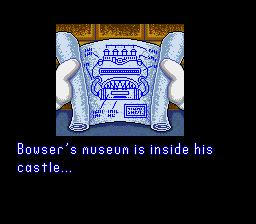
Released in 1993 for computers and consoles, this game made learning history fun with quick research tasks and multiple-choice questions. Players traveled through time to return lost objects to famous people. Depending on the platform, you’d explore levels by scrolling sideways or looking down from above. Moving forward in the game relied on reading information, similar to an encyclopedia, rather than solving complex puzzles.
Mario Pinball Land
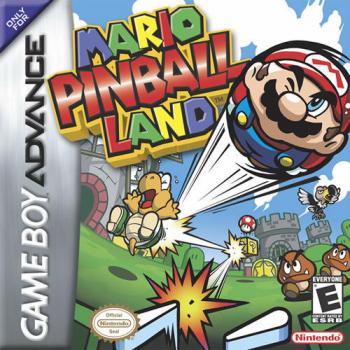
Released for Game Boy Advance in 2004, this game uniquely transformed Mario into a pinball. Players navigated levels connected by doors that needed carefully aimed shots to unlock. The game featured challenging physics, making even simple movement difficult and often requiring players to start over. Saving your progress was infrequent, and defeating bosses demanded precise timing and accuracy.
Mario Party Advance
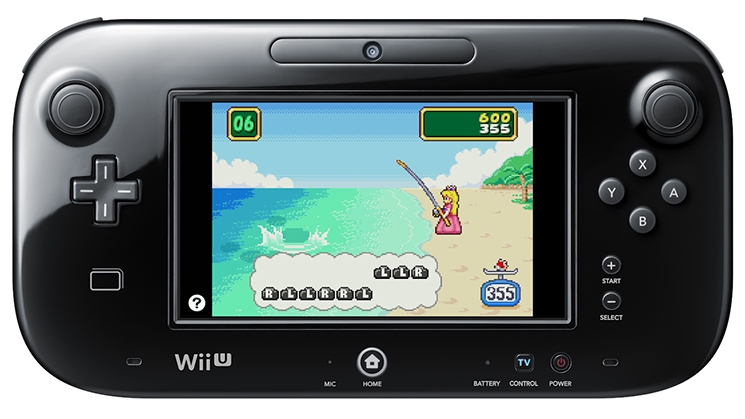
This 2005 game took the party series onto the Game Boy Advance, but shifted the focus to playing alone. The traditional board game aspects were simplified into quick tasks, and minigames were used to unlock items for a central home area. Playing with friends required each person to have their own system and a connecting cable, which wasn’t practical for most people. Ultimately, the game prioritized completing individual challenges over playing together in a group.
Mario Party: Island Tour
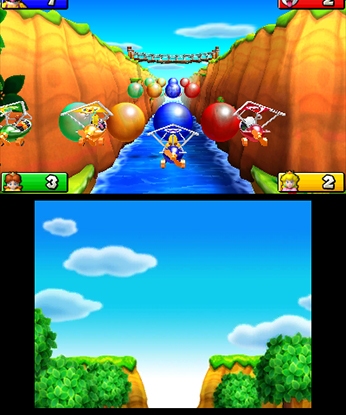
This version of the game, released for Nintendo 3DS in 2013, tried something new with seven different game boards, each with its own rules. Many of the minigames used motion controls and voice prompts, which weren’t ideal for playing on the go. When it first came out, you could only play with people locally, as online play wasn’t available. While StreetPass offered some small additions, it didn’t fix the problem of limited ways to connect with other players.
Mario Party: The Top 100
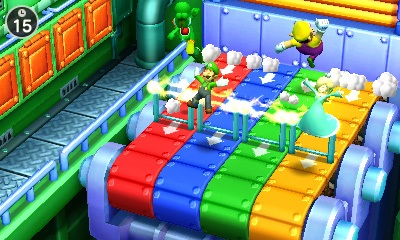
This 2017 compilation for the 3DS brought together 100 minigames from the series, making it perfect for on-the-go play. However, some popular minigames were left out because they didn’t work well with the 3DS controls or its capabilities. The ‘board mode’ felt more like a simple menu than a complete game experience, and the lack of online play meant groups couldn’t easily play together remotely, which limited the collection’s appeal.
Mario Tennis Ultra Smash
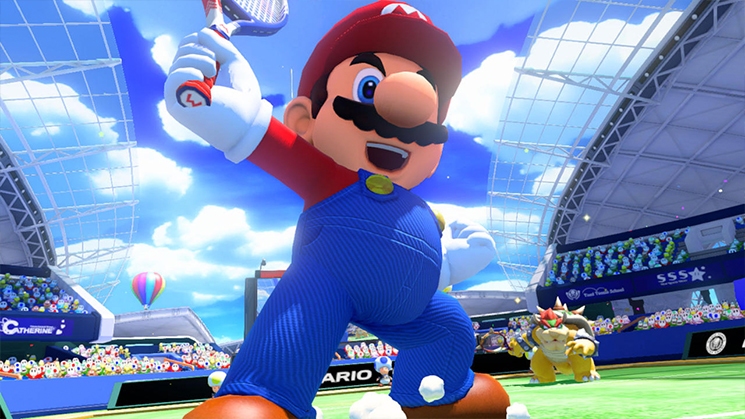
Originally released for Wii U in 2015, this game included Mega Mushrooms and a limited number of game modes. At launch, players could enjoy standard one-on-one and two-on-two matches, along with a basic practice mode. It didn’t have a story mode, and the selection of characters and courts was relatively small. While online play was functional and easy to access, it lacked long-term appeal.
Mario Sports Superstars
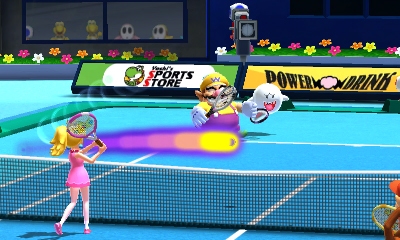
This 2017 3DS game combined five sports – soccer, baseball, tennis, golf, and horse racing – onto a single game card. Each sport featured simple gameplay, short tournaments, and straightforward computer opponents. Players could use amiibo cards to collect and use cards that boosted stats and unlocked content. While the game offered a variety of sports, each one lacked the detailed gameplay found in dedicated games of that type.
Mario Hoops 3 on 3
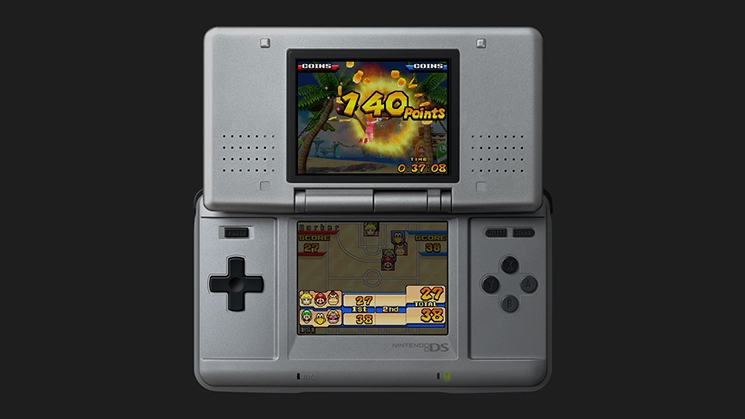
Okay, so I remember this basketball game on the DS, it came out in 2006 and was made with Square Enix. The coolest thing was you dribbled and shot using the stylus – it felt pretty unique! The courts themselves were wild, with these panels and power-ups that could instantly switch who had the ball. And get this, Final Fantasy characters showed up as guest players with special moves! Honestly though, it was kinda tough. Everything relied on those touch controls, so playing defense and getting into the right position was way harder than it sounds.
Mario Sports Mix
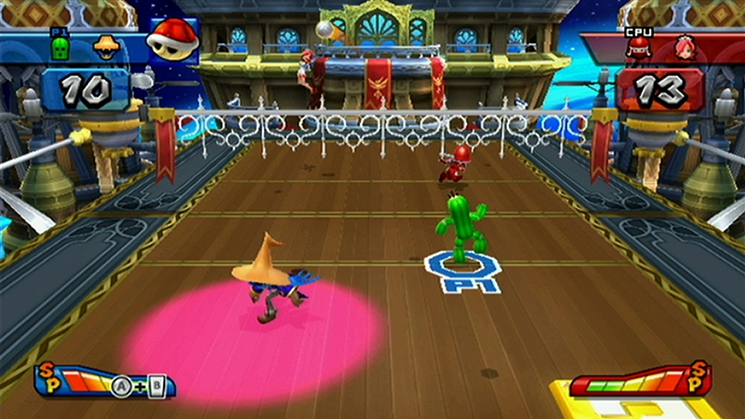
This 2010 Wii game from Square Enix included four sports: dodgeball, volleyball, hockey, and handball. Players used the Wii’s motion controls to pass and shoot, and each character had special moves. The game’s courts had obstacles and power-ups that changed how the sports were normally played. While it offered a variety of sports, each one didn’t have the same depth as a dedicated game.
Dr. Mario World
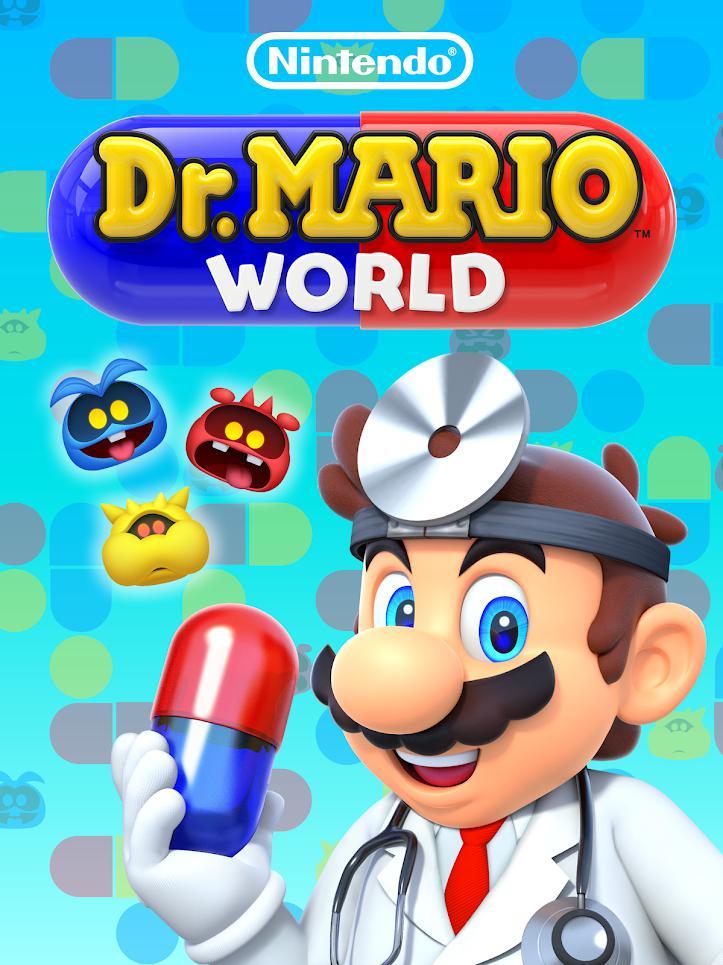
This puzzle game, released on mobile in 2019, changed how the series was played by having pieces rise up from the bottom of the screen. Levels included stamina and power-ups you could buy with in-game money. Players could unlock a variety of doctors and assistants, each with unique abilities that affected how the pieces fell. The game is no longer available to play, as service ended on November 1, 2021.
Mario Kart Tour
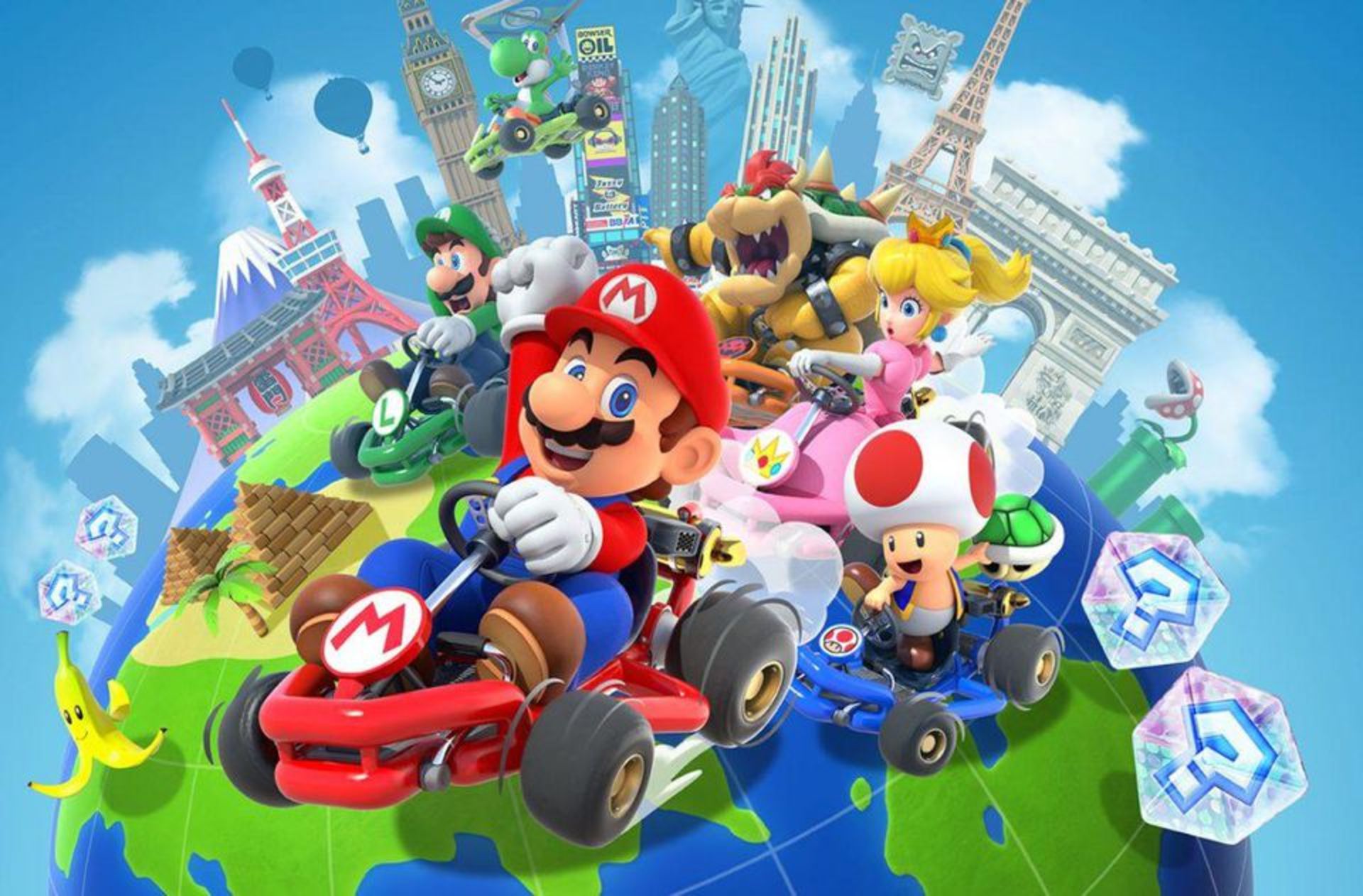
This mobile racing game launched on iOS and Android in 2019, offering courses based on different cities and regularly updated, limited-time events. Initially, players unlocked drivers and karts randomly through a system that required a lot of in-game money. The game was later updated to feature a shop where featured items and bundles rotated. Designed for quick play, it used touch controls and short races, making it easy to play with one hand and participate in frequent events.
Mario Clash
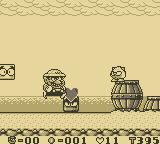
Released in 1995 for the Virtual Boy, this game reimagined the classic arcade experience with levels built on multiple layers. Players tossed shells across both close-up and distant planes, taking advantage of the system’s 3D effect. While the goals remained similar throughout the game, levels got progressively faster and included minor variations. Unfortunately, the Virtual Boy didn’t last long and its red-and-black display limited its appeal.
Paper Mario: Sticker Star
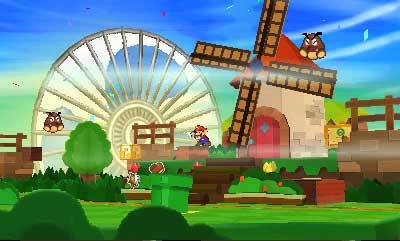
This game, originally released for the Nintendo 3DS in 2012, changed how players advanced by using disposable sticker-based attacks. Instead of earning experience from battles, players were encouraged to avoid fighting and carefully manage their items. Defeating bosses usually required finding and using specific stickers that interacted with the environment. The game focused more on solving puzzles than on typical RPG character development and gear upgrades.
Tell us in the comments which Mario spin-off games didn’t quite work and which ones you think are worth revisiting.
Read More
- Silver Rate Forecast
- Gold Rate Forecast
- Красный Октябрь акции прогноз. Цена KROT
- MSCI’s Digital Asset Dilemma: A Tech Wrench in the Works!
- Dogecoin’s Big Yawn: Musk’s X Money Launch Leaves Market Unimpressed 🐕💸
- Bitcoin’s Ballet: Will the Bull Pirouette or Stumble? 💃🐂
- Guardian Wealth Doubles Down on LKQ Stock With $1.8 Million Purchase
- Binance and Botim Money Join Forces: Crypto in the UAE Gets a Boost-Or Does It? 🚀
- Twenty One Capital’s NYSE debut sees 20% fall – What scared investors?
- Monster Hunter Stories 3: Twisted Reflection gets a new Habitat Restoration Trailer
2025-10-30 05:18